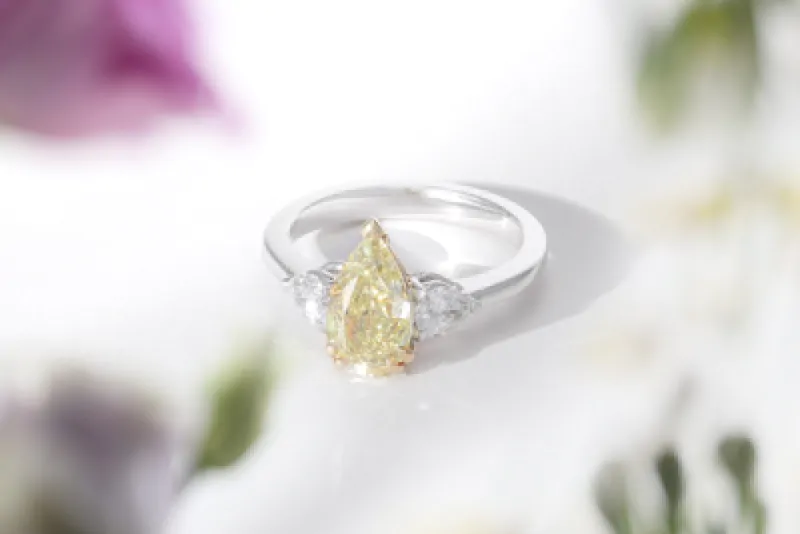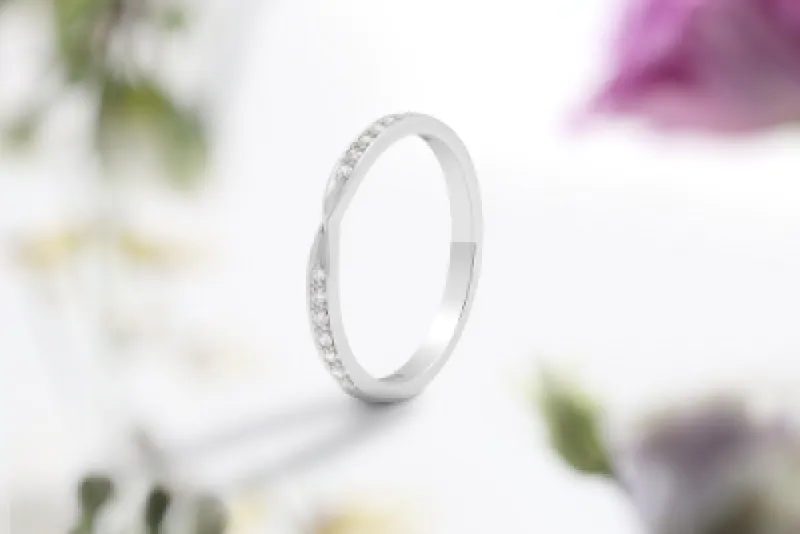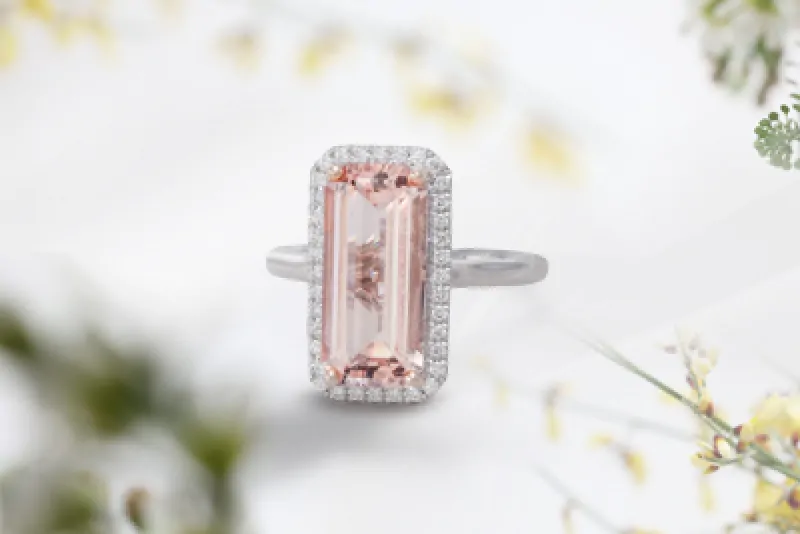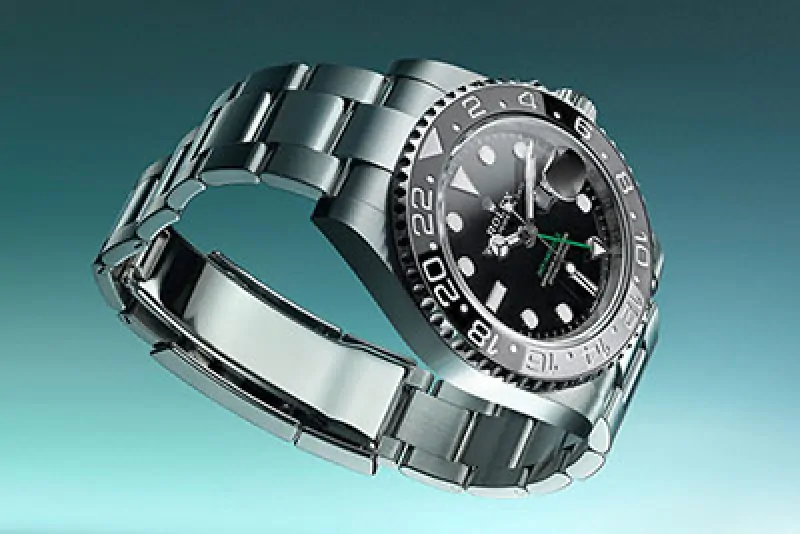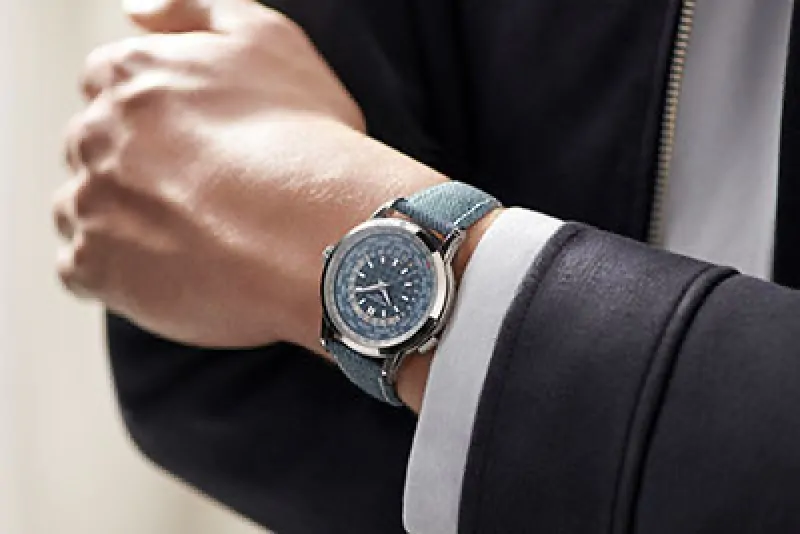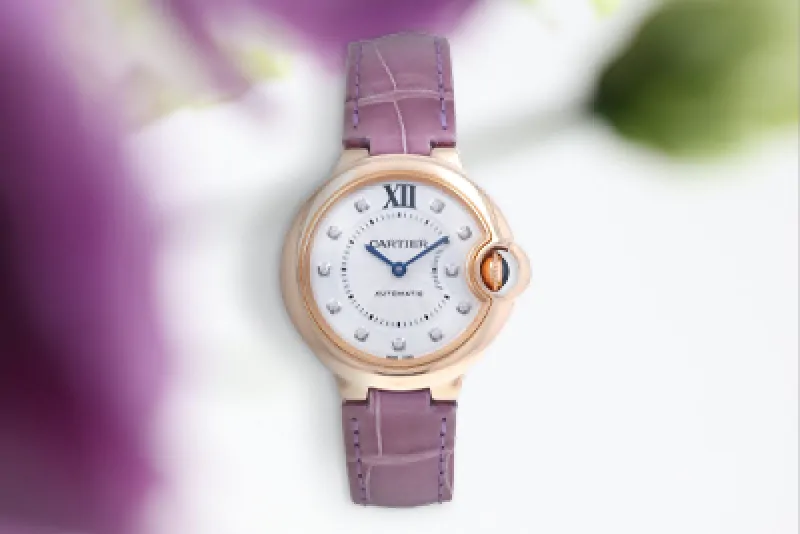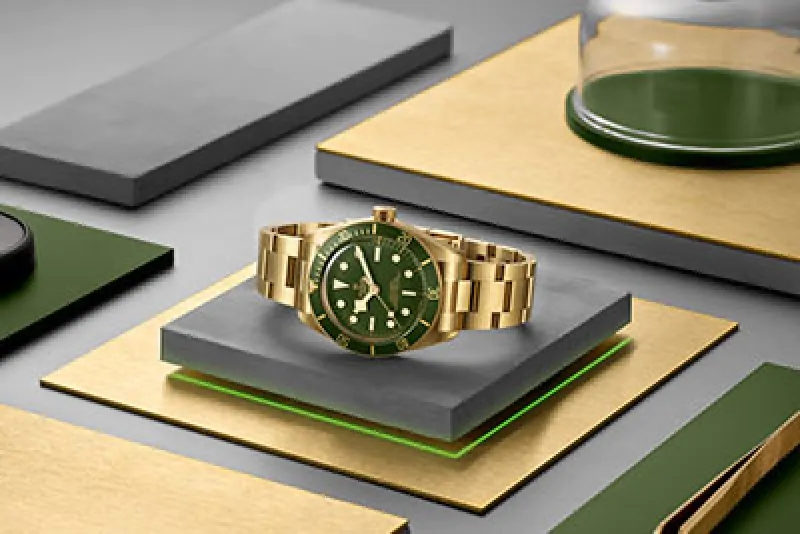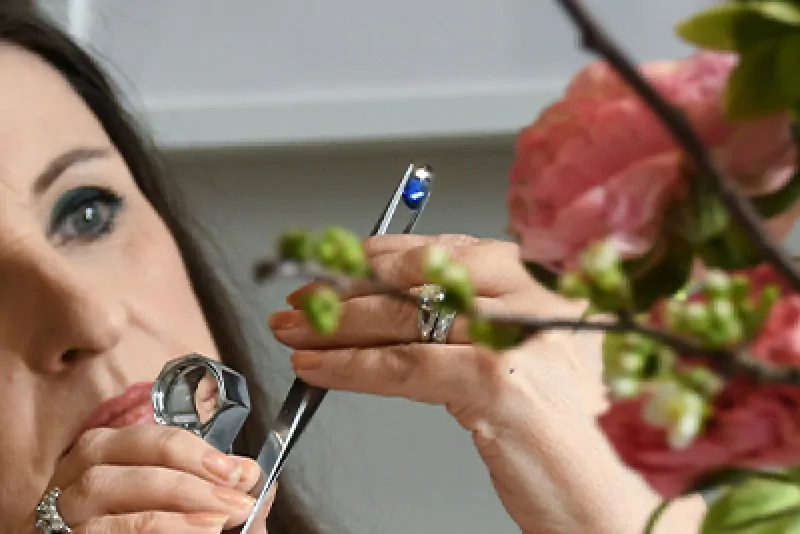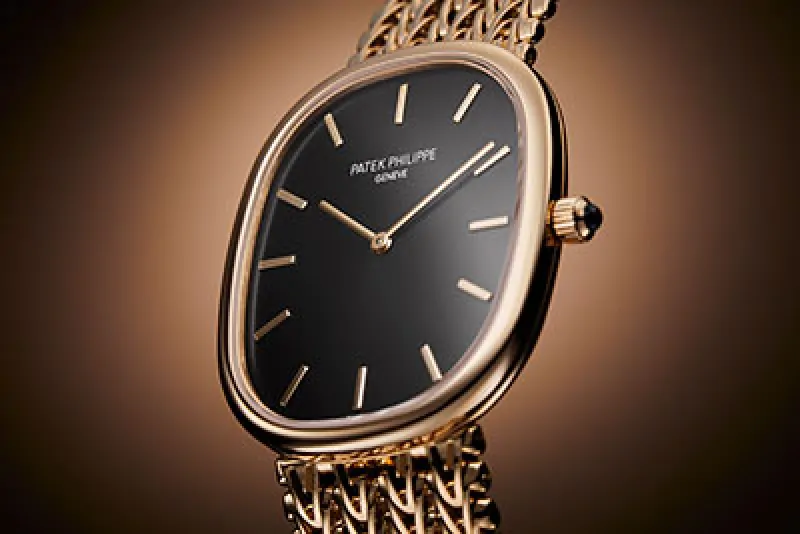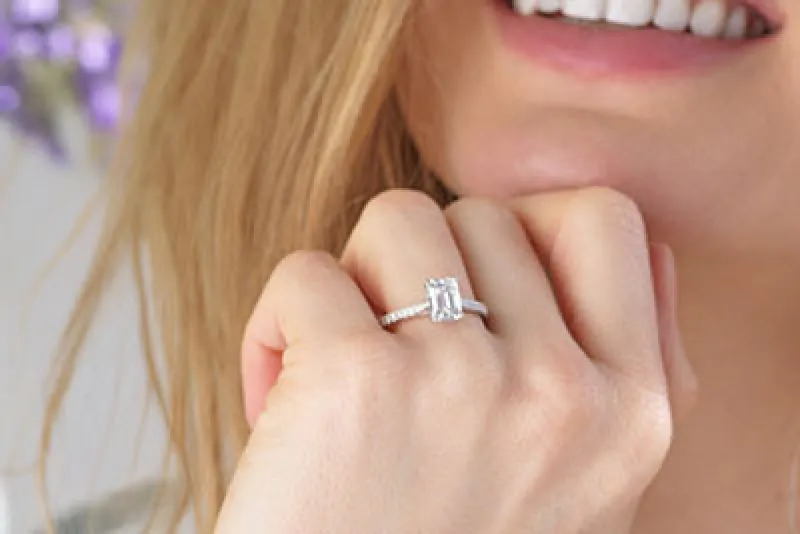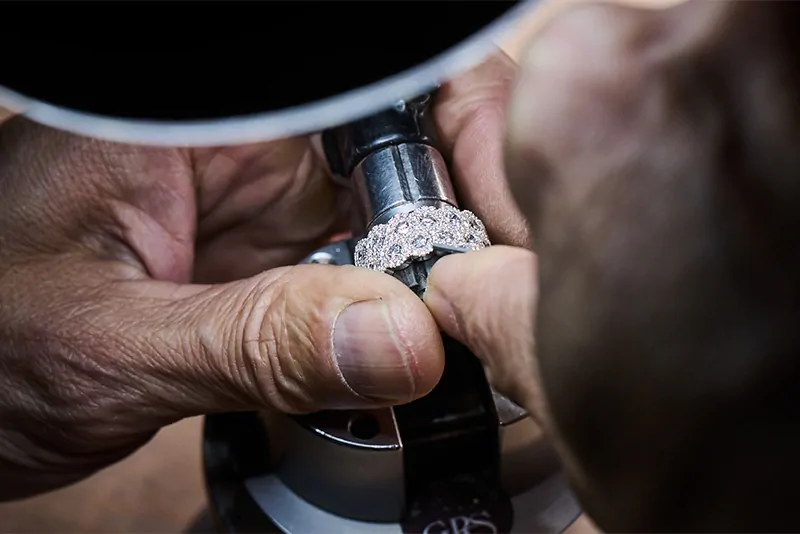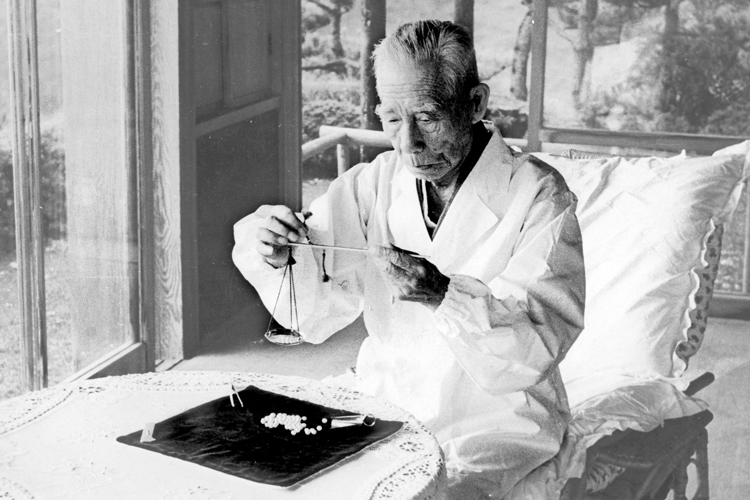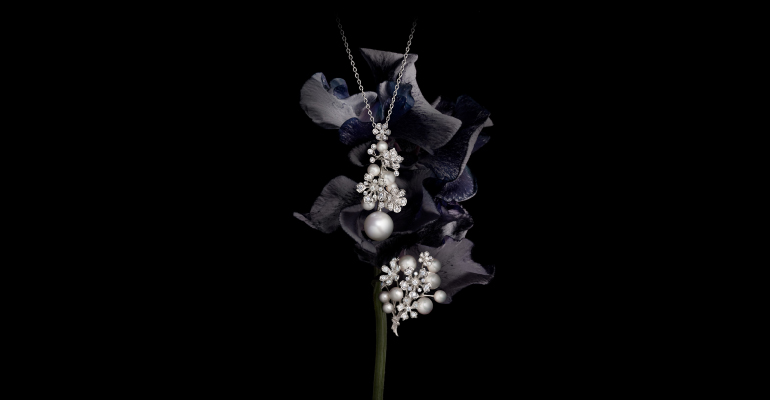The Laings Journal


To wear Mikimoto is to be adorned with the finest cultured pearls in the world. But, where do these magnificent gems come from and how are they formed? Here we explore the journey of a Mikimoto pearl and how they become part of exquisite jewellery designs…
Mikimoto pearls reflect the purity of the ocean and the mystery of creation, and they are renowned for their incredible lustre and indescribable allure. Their jewellery is the epitome of feminine elegance with a quality that is indisputable. The journey of a Mikimoto pearl is a magical one and it starts with the pursuit of perfection.
The Very Beginning
The journey of a Mikimoto pearl begins with the brands founder, Kokichi Mikimoto. He had a passion for gems and wanted to “adorn the necks of women around the world with pearls”. When judging an exhibition in 1878 he noticed that all of the pearls were misshapen or under-developed. As a true perfectionist, he was disturbed by the industry’s disregard for quality and became determined to change the world of pearls for the better.
He started to devise a way of enticing oysters to create pearls. After much experimentation, he created the first cultured pearl in 1893. He wasn’t finished though and continued his relentless quest for excellence. Twelve years later he cultured a perfectly round pearl, changing the industry forevermore, and starting the journey of a true Mikimoto pearl.
The Cultivation Process
After many years, with several attempts and failures, Mikimoto developed a cultivation process which lead to his name becoming world-renowned.
Firstly, the baby oysters – spats – are matured for around two years. After maturation, the imperative task of inserting an irritant begins. This is known as nucleation. A round bead composed of pig toe shell is inserted manually into the mature oyster along with a piece of mantle tissue. The mantle tissue stimulates the oyster to create a pearl sac around the bead, which is where the silvery nacre is formed. The oysters are then returned to the sea where they are submerged in baskets and hung from rafts. As time goes on the oysters are meticulously cared for and relocated several times a year to protect them and keep them clean. Over time, the pearl sac continues to secrete layers of smooth nacre around the bead. After 1 to 3 years of cultivation, the oyster is opened and ideally produces a beautiful, lustrous pearl.
The Importance of Quality
Quality was the upmost importance to Kokichi Mikimoto. He was known to have publically burned low-quality pearls to show the world that only the best will do for Mikimoto. Although the burning of pearls doesn’t take place today the high standards of quality are still very much adhered to.
The quality of a pearl is determined by several criteria, including size, shape, colour and lustre. Mikimoto takes into account all of these factors and only use the finest pearls that meet the strictest standards, which are, on average, less than 10% of all the pearls they go through.
The Unique Craftsmanship
The final step on the journey of our pearl is when it is crafted into an elegant piece of Mikimoto jewellery. When creating jewellery Kokichi combined Japanese craftsmanship with European finesse, creating the distinct Mikimoto style. He placed huge importance on craftsmanship and thanks to his passion and commitment to the craft, Mikimoto made a name for itself as a producer of fine jewellery.
Every piece of Mikimoto jewellery today has this same allure. They are exquisite jewellery designs and an array of timeless, and also contemporary creations play host to the enchanting gems. Each design is crafted to display the brilliance and magic of pearls and is imbued with a certain elegance and grace. To complete each enchanting piece the trademark ‘M’ is added to the jewellery, signifying the most superior quality.
SHOP MIKIMOTO
Thank you for taking the time to read about the journey of a Mikimoto pearl. Follow our latest news on Twitter, Facebook, Instagram, YouTube, and Pinterest, or if you have any questions, please pop us an email at [email protected].

